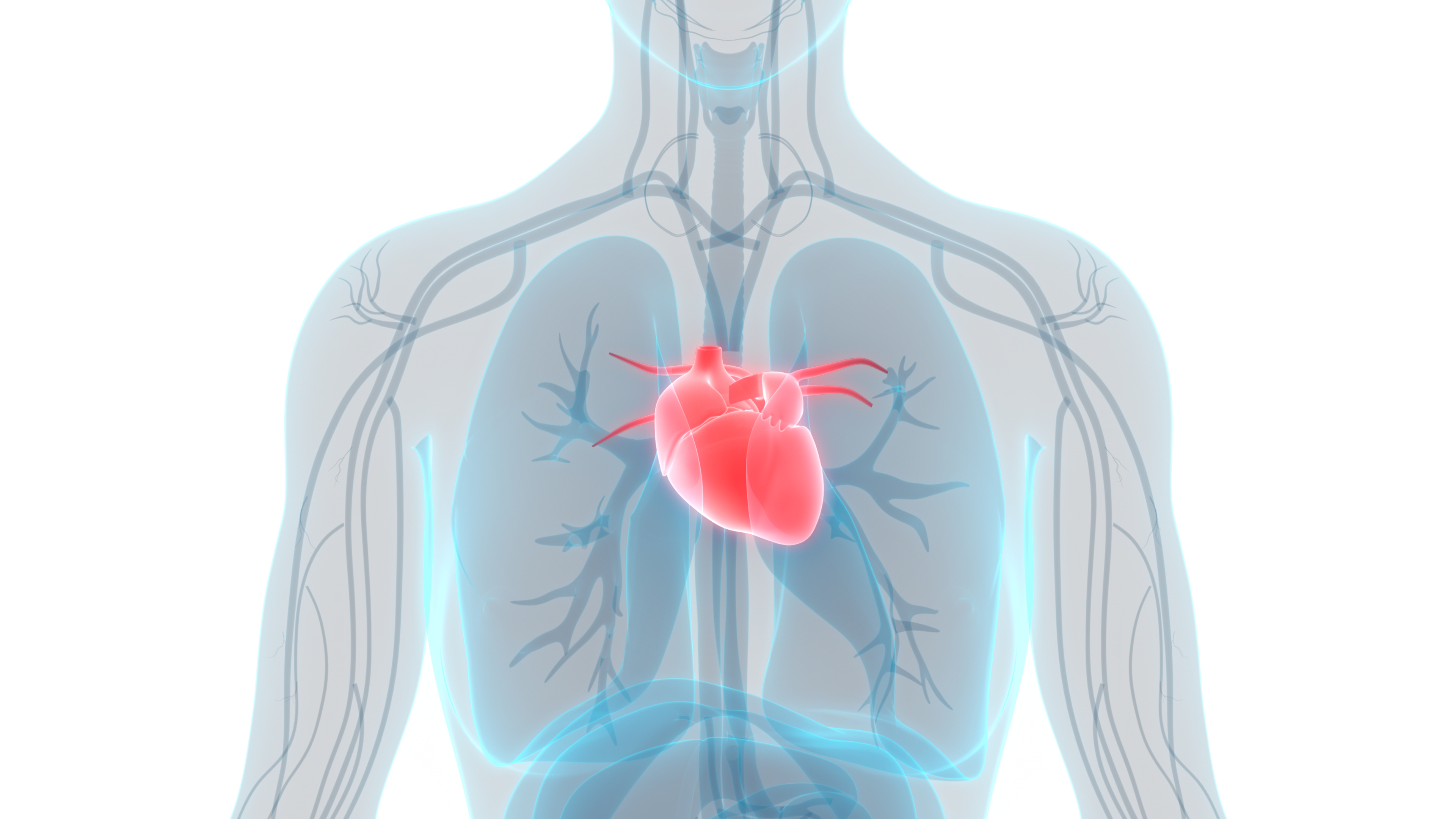teaser
There is great under-use of proven therapies for the secondary prevention of cardiovascular disease, according to results presented this weekend at the European Society of Cardiology Congress in Paris, France, taken from the PURE (Prospective Urban Rural Epidemiological) study.
“The study indicates a large gap in secondary prevention globally,” said Dr Salim Yusuf, lead author and Executive Director of the Population Health Research Institute at McMaster University, Canada.
“We found extremely low rates of use of proven therapies in all countries, but these were more marked in middle- and low-income countries.”
The study, which began recruitment in 2002, included 154,00 adults aged between 35 and 70 years living in 17 high-, middle- and low-income countries, and is the only multi-country study of its kind.
All subjects had a history of heart disease or stroke. Among the huge amount of data collected (at the national, community and individual levels) were a record of each subject’s use of medication along with information about their age, sex, education and key risk factors such as smoking, diabetes, hypertension and obesity.
Results showed that even the use of an inexpensive and commonly available treatment such as aspirin varied seven-fold in patients following a heart attack or stroke between low-income and high-income countries; the use of statins varied 20-fold between these countries.
As a result Yusuf said there is an “urgent need” for systematic approaches to understand and solve the causes of the large treatment gap in secondary prevention in all communities.
“The data are extremely disturbing,” said Yusuf, “and indicate a need for systematic efforts to understand why even inexpensive medications are substantially under-utilised worldwide.
“This is a global tragedy and represents a huge wasted opportunity to help millions of people with heart disease at very low cost.”
There was no clear explanation for the results, which included a lower use of medications among women. Some reasons, the PURE investigators suggested, may be the limited availability of these drugs in low- and middle-income countries, the relatively high cost of even generic versions, side effects, difficulties in transportation, limited access to healthcare and a lack of awareness of the need for lifelong therapy among patients and their doctors.
However, the under-use of medication for secondary prevention was not confined to low- and middle-income countries. Even the three high-income countries studied (Canada, Sweden and the United Arab Emirates) found significant numbers of post-MI and stroke patients not taking preventive treatment.
“Yet aspirin, statins and diuretics are of proven benefit,” said Yusuf. “They work, they are extremely safe and are very inexpensive.”
The 17 countries of the PURE study are Canada, Sweden, UAE (high-income), Argentina, Brazil, Chile, Malaysia, Poland, South Africa, Turkey (upper-middle income), China, Colombia, Iran (lower-middle income), Bangladesh, India, Pakistan, Zimbabwe (low-income).
European Society of Cardiology

